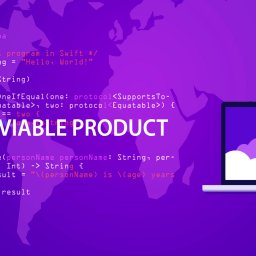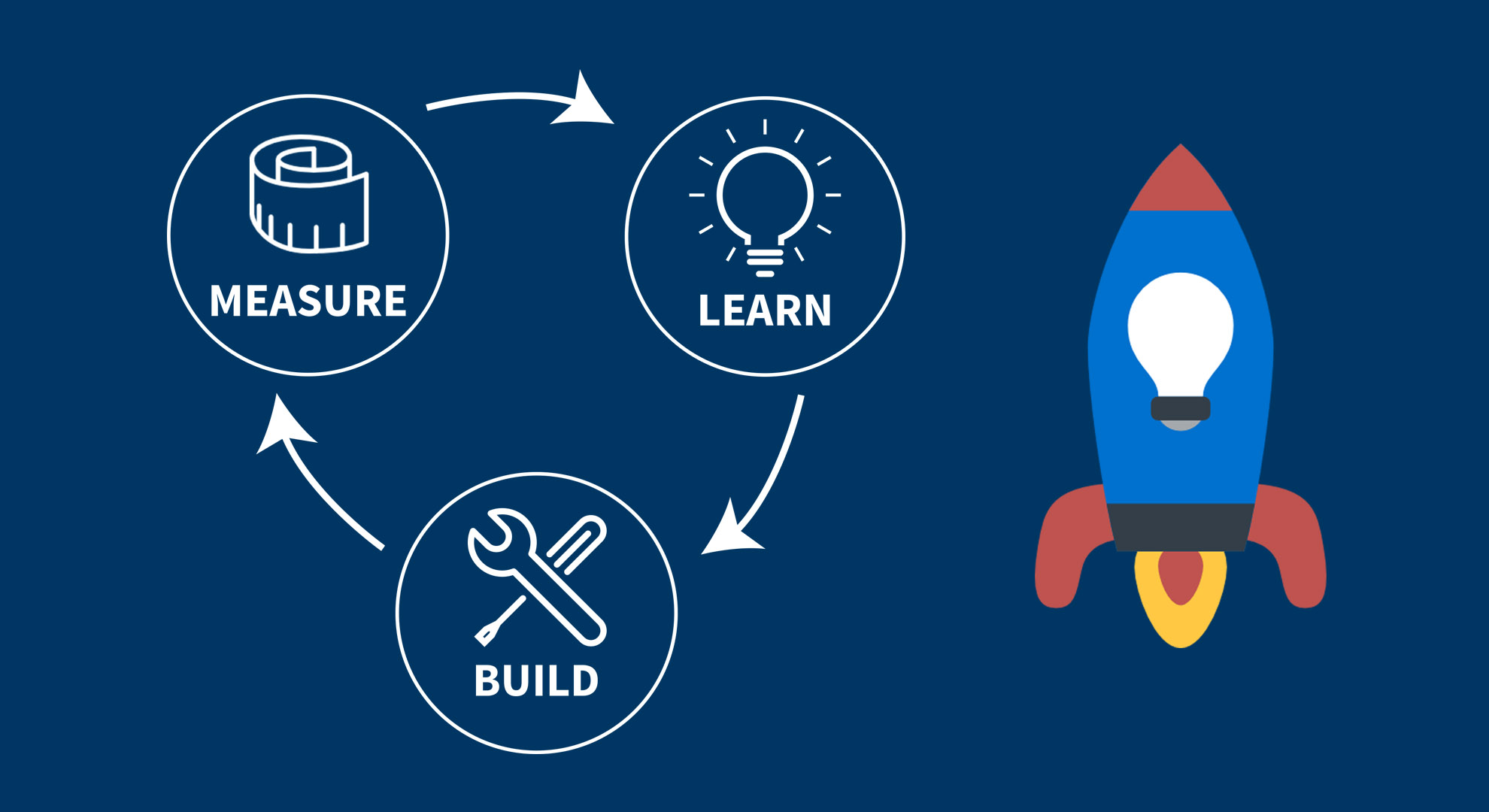Minimum Viable Product (MVP) is a widely known term across various industries. Frank Robinson and Eric Ries are credited with its invention and commercialization.
It is fundamentally a development framework in which a new product, app or website is developed with a minimum but sufficient features to satisfy the basic needs of early adopters. In the next step, the product is tested in the market, and on the basis of actual customers’ feedback, it undergoes full-scale development.
In other words, an MVP is the easiest form of a deployable product – and by launching it early, you are capable of assessing product-market fit. This approach brings in a lot of advantages, particularly in minimizing the financial and development risks.
However, sometimes you might need to create a product that brings together hardware, software, services, and content. In this case, you cannot only rely on validation and answers which an MVP could probably provide. The key prerequisites for creating and commercializing a hardware-based product are huge and the difficulty of doing so effectively the point is bigger than if one was to build a software-only service or product. I am certain that none of this is new to both software and hardware or software companies.
In this scenario, we can say that even though an MVP is important in this procedure, it is nevertheless not a durable indicator. Why? In creating a hardware-based consumer product, the creators do not have the have the amenity of not receiving the correct response. Apple has played an imperative role in training organizations to believe that products should not only be attractive but they should be easy to use also, i.e. incomparable – and therefore, Apple has generated a baseline for what should be expected from new customer product.
Nowadays, there is simply no other substitute — new products from existing or new companies must create customer delight, from the beginning. As they say, “only the best is good enough”, one has to be the best to survive. This is basically regarding the chance to be on the playing field and have an opportunity at achieving substantial success.
After viewing the discussion above, companies have to lay a foundational hypothesis that that will empower them to develop the right experience and the right product and make sure that it beats people’s expectations — to make something that is beautiful.
Here Comes the MVM — Minimum Viable Magic.
Here comes the role of MVM that helps organizations to define and understand what the success feels like while introducing the first version of the product. Fundamentally, the MVM is a scope that assists us to describe the following things:
- Where we really want to be?
- What emotion we really want to authorize?
- And what reply we really want to trigger?
If a fruitful MVP development provides you the self-assurance that you are on the right path for a market-product fit, then the MVM makes you confident that you are on the correct path for attaining the final fit — a user/product fit.
This is the point where your product or service creates customer delight. It makes you know, see, feel and hear that your product has affected a serious nerve, arousing a controlling response from a single user. It does not guarantee your company and product a long-term success. However, it does make you confident that you have witnessed a moment of magic.
How Do You Know You Have Got An MVM?
There are few ways of looking at it. In a true-life experience, you can see MVP as a reference for functionality. It is perhaps not magical, however, it gets the job completed. An MVM, on the contrary, occurs when something that you did not imagine could transform into a reality.
At the outright point of an MVM, the service entails no thinking effort, working only on instinct. You do not recognize accurately how nonetheless it feels like you are flying. With less hard work you have maximum superpowers.
In an imaginary experience, the point of MVM occurs much more frequently. It is when you overlook illusion is not made up and you completely enter the imaginary world. You do not hear the poets debating which joke to select; you do not examine the way the game designers made that non-playable character seem right.
When you see a human’s performance, the MVM occurs when you perform at that level of genius. Let’s take an analogy of sports:
- Competent – Can play soccer on the anticipated level of his position. This would be anybody on a specialized team. This degree would be the equal of MVP.
- Talented – Can consistently hit balls like no other players can (e.g. David Beckham). This would be the equal of Unique Selling Proposition (USP).
- Genius – Can kick the ball in methods that appeared difficult in the past the player demonstrated it could be done (e.g. Leo Messi, Zlatan Ibrahimovic, Diego Maradona). This would be the equal of MVM.










Thank you. This article helped me to increase my knowledge of the MVP and MVM. As far as I understand that it is always better to start with a smaller thing, built only with minimum features and determine app’s viability in the modern world. I would like to share interesting information which I found here: https://mlsdev.com/blog/50-types-of-mvp